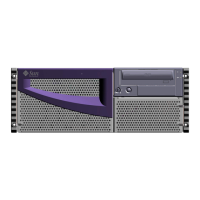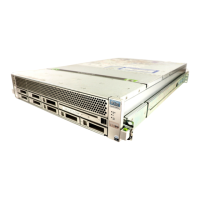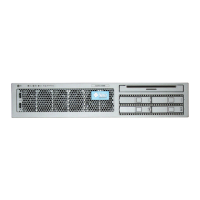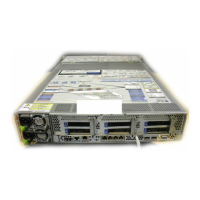Chapter 1 Introduction to Server Software and Configuration 5
Information Needed
Before you configure the software, have the following available:
■ Access to the Service Processor with the appropriate privileges for your tasks.
More information about access is contained in Chapter 2.
■ An unused range of IP addresses for the internal DSCP network between the
Service Processor and the domains.
■ Network configuration information for the Service Processor, including IP
addresses, netmask, DNS server, default route, NFS server.
■ The number of domains in your system. By default, there is one domain and its
domain number is 0 (zero). The number of domains could be different from the
default on midrange or high-end (but not entry-level) servers if you specified
another number of domains when you ordered your system.
■ Firmware version information if you are upgrading the XSCF firmware.
■ Information for optional services that you are going to use, such as Lightweight
Directory Access Protocol (LDAP) information for authentication.
Initial Configuration Tasks
Initial configuration requires these tasks:
1. Logging in to the Service Processor with the default log-in name over a serial
connection. You must have physical access to the system.
2. Adding at least one user account with a minimum of one privilege, useradm.
This user with useradm privileges can then create the rest of the user accounts.
3. Configuring the DSCP network.
4. Configuring the XSCF network.
5. Setting the Service Processor time. The Service Processor can be an NTP client, or
an NTP client and NTP server for the domains.
6. Configuring or enabling any optional services you want to use immediately.
These services include Telnet, SNMP, SMTP, LDAP, NTP, HTTPS, DNS, SSH,
domains, log archiving, and COD. COD is not supported on the M3000 server.

